Sheer Delight: Sheer Dresses of the Crinoline Era
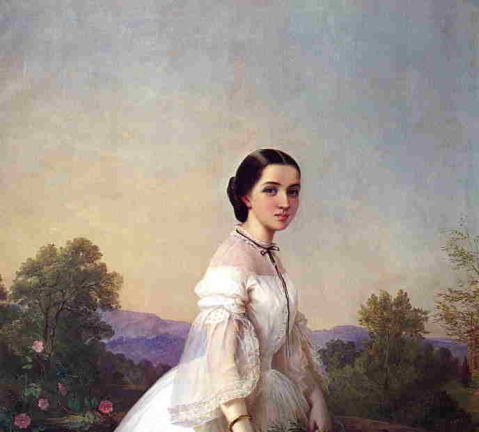
by Bridget Bradley-Scaife. Published in the January/February 2015 issue of Finery.
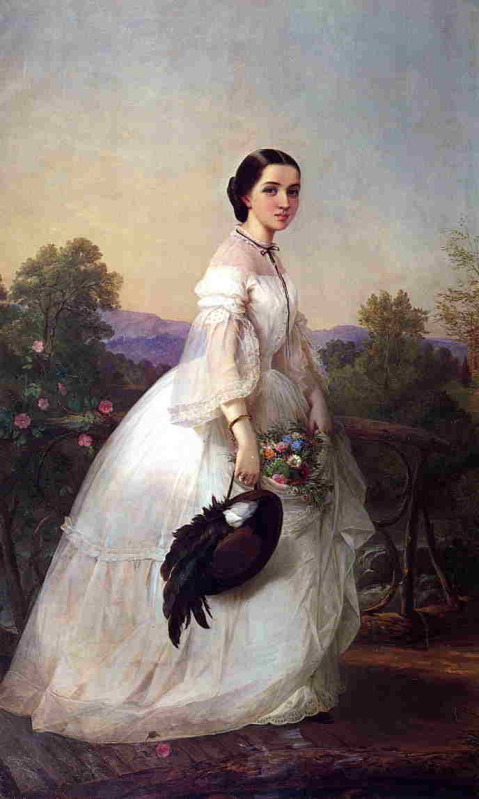
During warm weather, thin dresses made of light weight sheer fabric were worn by ladies in the mid 19th century. Known to us today as “sheer dresses,” they are most often characterized by a low body lining which shows the sheer fabric to full advantage. Research indicates that women of all ages had the socially acceptable option of wearing sheer or semi sheer dresses. Original work type dresses made of coarser loosely woven semi-sheer fabric show that is type of dress was worn even by women of lower classes. This type of dress has become a popular for costumers and reenactors in recent years, especially for those in warm climates. A simple search on Pinterest for “1860 sheer dress” can yield vast amounts of pictures of original dresses, period photographs and even paintings that can help research and recreate this type of dress.
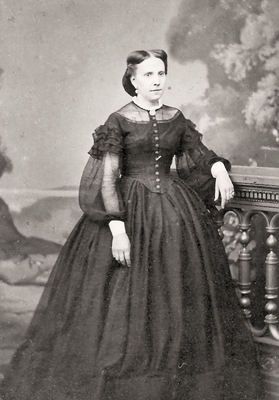
Glossary of Victorian Sheer Fabrics
- Ariele – A woollen gauze quadrilled in white on a light colored ground.
- Balzarine – A cotton and worsted textile similar to barège.
- Barège – A semi-transparent textile of silk and wool, the former up on the surface; open mesh. Sometimes all of wool.
- Chiffon – A delicate silk barège or grenadine.
- Crepe – A transparent crimped silk gauze.
- Gauze – A delicate transparent textile woven of silk, or silk and flax, or cotton; the holes made by twisting the threads round each other. Variations: China Gauze (light colours sprinkled with tufts of floss silk), Gauze Illusion (fine), Gauze Sylphide (alternating stripes of gauze and satin ribbon), Gaze Perlèe (Semi-transparent gauze with small silk squares figured on it), Imperial Gauze (white warp with a colored weft)
- Grenadine – An open silk, or silk/wool, gauze resembling barège but with a more open mesh. Many varieties both plain and figured.
- Leno – A transparent muslin-like textile of linen thread.
- Lisse – A silk uncrimped gauze.
- Mull – Variation of muslin, soft fine sheer cotton textile.
- Muslin – A fine, thin and semi-transparent cotton textile.
- Organdy – Variation of muslin. Has a hard finish and is nearly transparent.
- Nun’s Veiling – Thin woollen barège, synonymous with Voile.
- Persian – A very thin silk textile, almost transparent. Tarlatan – A thin, gauze-like muslin, much stiffened.
- Tiffany – A thin, semi-transparent silk, resembling gauze.
- Tulle – A fine silk net.
Modern Sheer Fabric Equivalents
Cotton Batiste; Cotton Voile; Cotton Lawn; Cotton Organdy; Some Cotton Gauzes, Wool Voile and Gauze if you’re lucky enough to find it; Silk Organza, Silk Gauze (but it is extremely fragile). The major problem in recreating this type of gown is we do not have the fabric choices that were available to the Victorians. Printed and figured sheer cottons were worn in abundance; solids were not (this goes for any cotton solid, not just for sheers). However, sheer solid cottons are the majority of what we have available to us and period appropriate sheer prints are hard to find. White sheer cotton doesn’t follow this rule–it’s a “non” color, particularly popular for girls. Its appearance can be very much altered with the use of tucks, shirring, puffings, and other self-fabric embellishments. In contrast, solid sheers are fine for silks and wools, as well as figured or printed sheer fabrics.
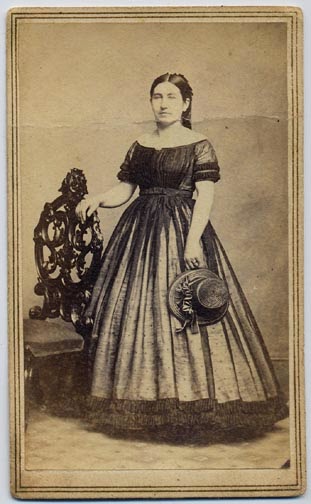
Some Notes on Construction
Bodices – Cotton sheers were almost always gathered, silks and wools could have either darts, pleats or gathers, gathers being the most popular. Fabrics with a crisp hand often had pleats instead of gathers or darts.
Neckline – Low-wide neckline in the 50s, high V-neck, high jewel neckline.
Linings – Full, low body, and unlined; linings most often are white (black or brown do exist, but they’re a minority); Sleeves and skirts are often unlined; The half-high lining or low body is often treated as a flat lining at the side and back seams; On some original garments the shoulder seams on the half-lining are sewn separately from the garment shoulder seams; on others all four layers are seamed together; Many sheer dresses have a short half-sleeve lining “ to cover the sleeve of the chemise, many of them don’t. Those that don’t often are styled with a full sleeve (the fullness of the sleeve partially conceals the sleeve of the chemise); “Underbodies” or corset covers were worn under unlined silk and wool sheer dresses. The corset cover served as the lining, but as a separate garment that could be cleaned.
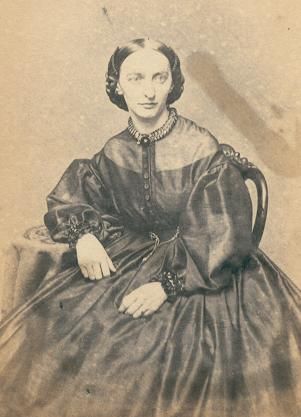
Sleeves – Coat, bishop, pagoda, and sleeves were often unlined.
Skirts – Flounced in 1850’s, gauged, pleated, and skirts were often unlined. Gauging had fallen out of fashion by 1860’s in favor of knife pleated skirts, however sheers were the exception to this rule.
Seams – Trimmed and overcast by hand (no French seams), piped shoulder seams on gathered bodice or fan-front dresses (adds stability for gathers in the front shoulder seams).
Trimming – Self-trim and tucks most popular; fringe, lace and ribbon also used.
Resources:
- The Sewing Academy – http://thesewingacademy.org – Online forum about mid-Victorian clothing.
- Costume in Detail: 1730-1930 by Nancy Bradfield, pgs 213-216
- English Women’s Clothing in the Nineteenth Century by C. Willet Cunnington, Glossary of Materials 429-436
- Dressing for the Weather: Sheer Dresses by Glenna Jo Christen. The Citizens’ Companion Vol. X, No. 5: 23-29
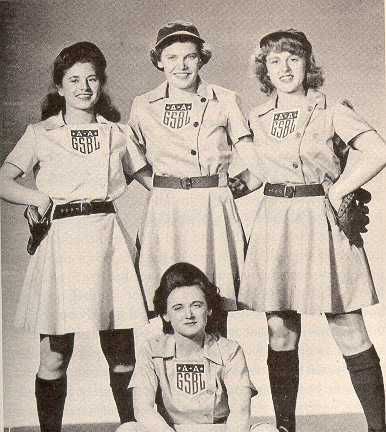
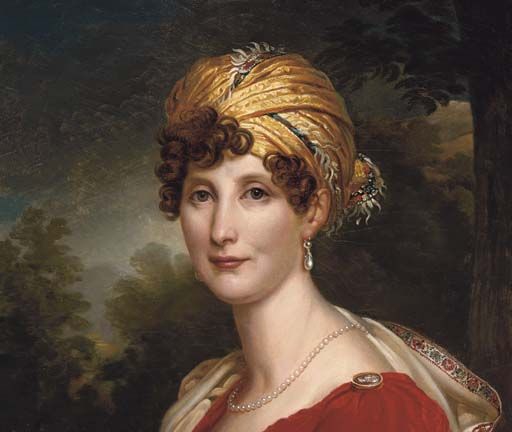
Leave a comment